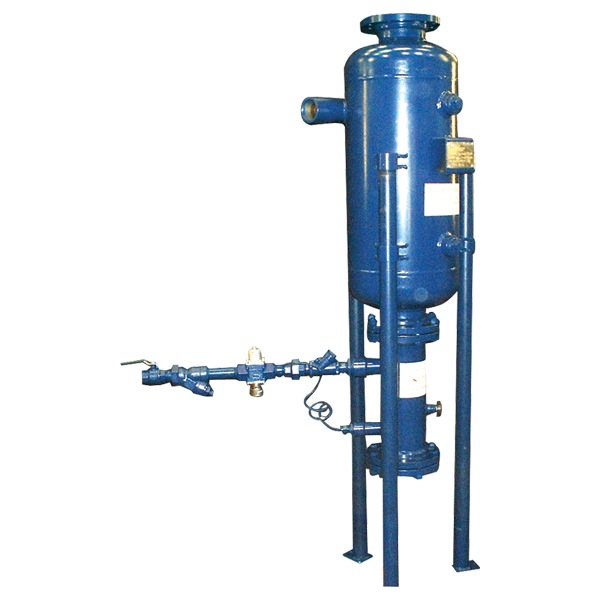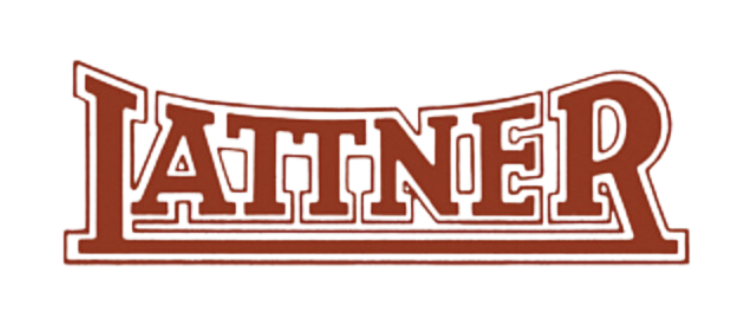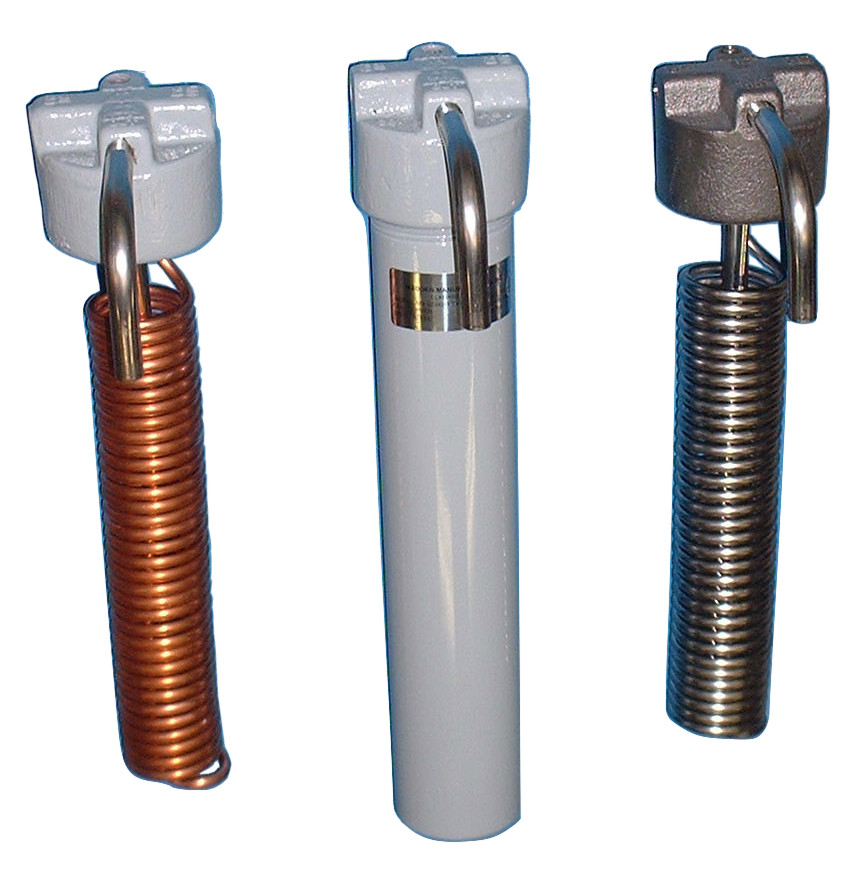



The primary function of a blow down separator is to allow the boiler operator to safely and legally handle the bottom blow down water that comes from the boiler. There are two types of boiler blow down. The bottom blow down is done by opening a set of two valves that drains water out of the bottom of the boiler. The purpose of the bottom blow down activity is to clean out solids that accumulate in the bottom of the boiler. Keeping the inside of the boiler clean improves the efficiency of the boiler.
The blow down separator, with the use of the attached after cooler, is designed to reduce the temperature of the water to at least 140 deg. F. before it is dumped into the sewer.
So, how does the blow down separator manage that temperature reduction? The first step is the creation of flash steam in the centrifugal separator. When the high pressure hot water comes into the blow down separator pressure vessel it hits a striking plate and droplets form. A portion of the water changes to flash steam due to the pressure drop. A portion of the water, depending on the initial boiler pressure, can be converted to flash steam which is vented to the atmosphere. The water that remains after the steam is created will be at 212 deg. F, and it still needs to be cooled to a minimum of 140 deg. F. by the after cooler before it can be dumped into the drain. The main issues with creating the flash steam are having enough volume in the pressure vessel to handle the steam without building up pressure, and making sure the vent piping is large enough to handle the high flow rate of flash steam.
The second phase of the cooling process is accomplished in the after cooler. When the hot 212 deg. F. water exits the blow down separator pressure vessel it enters the after cooler. The after cooler tempers the hot water with the addition of cooling water just like a home faucet does. An automatic temperature regulating valve opens as soon as the temperature bulb is impacted by the hot water. Cooling water is mixed with the hot water at a rate to get the temperature of the combined flow to at least 140 deg. F. as it goes to the drain.
Lattner Boiler manufactures both fuel-fired and electric boilers for a variety of industrial applications including dry cleaning, health club steam room systems, food processing including steam jacketed kettles, medical sterilization equipment and much more.
Headquartered in Cedar Rapids, Iowa and in business for almost 100 years, Lattner Boiler Manufacturing has a proven record of quality and innovation. Our line of products includes: